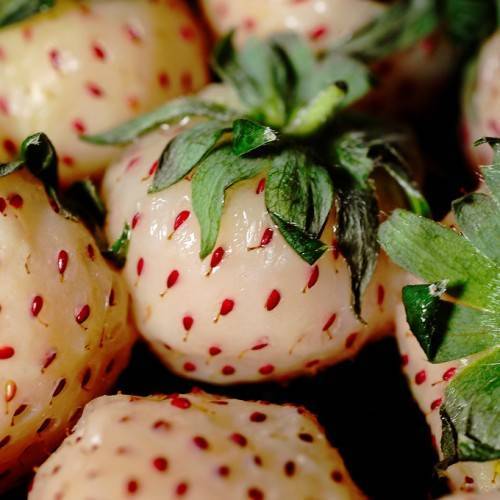
pineberry
Fragaria WONDERFUL PINEBERRY
Cycle:
Perennial
Watering:
Frequent
Hardiness Zone:
5 - 8
Flowers:
Flowers
Sun:
Full sun
Fruits:
Fruits Ready In Summer
Edible:
Yes
Growth Rate:
Low
Maintenance:
High
Drought Tolerant:
Yes
Salt Tolerant:
Yes
Care Level:
Medium
watering
Pineberries should be watered every 2 to 3 days, depending on the potting soil. The plant's soil should be kept moist, but not waterlogged. To water pineberries, slowly pour water over the top of the soil until you see excess water begin to come out of the drainage hole. Make sure to water at the base of the plant, not on the foliage, as this could promote fungal diseases. To prevent water stagnation, empty any water that accumulates in the saucer after each watering.
sunlight
Pineberry (Fragaria WONDERFUL PINEBERRY) typically requires full sun, meaning at least 6 hours of direct sunlight in order to thrive. The best time of day to get full sun is during the morning to mid-afternoon hours when the sun is highest in the sky. During the summer months, providing Pineberry with some protection from direct afternoon sun is beneficial.
pruning
Pruning for a Pineberry (Fragaria WONDERFUL PINEBERRY) should be done in late winter or early spring, before the plant has completely leafed out. It is best to prune no more than 25-30% of the plant's growth to maintain its structure. This will help the plant form bushier growth and will promote heavier fruit production. Additionally, dead or diseased wood should be regularly removed to keep the plant healthy and free of pests and disease.
